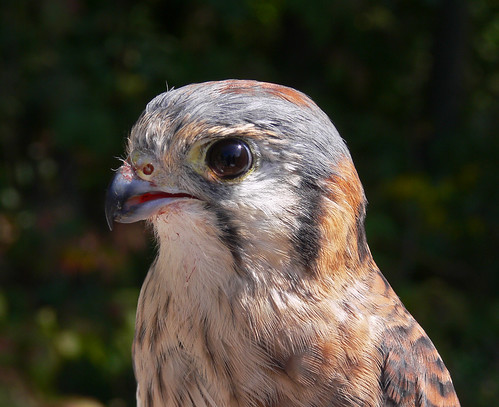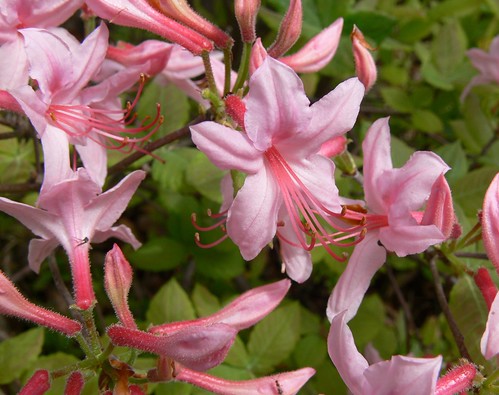LGNC's goal was to restore this mountainside. To do this, the center planted native warm-season grasses to recreate the soil and hopefully bring life to the once lifeless landscape. The grasslands at LGNC now flourish with plant and animals life. There are now fungi, plants, and animals. Some of the most important species now using the refuge as a migration stop, wintering site, or breeding location, include Prairie Warblers, American Kestrels, Indigo Buntings, Rough-legged Hawks, Vesper Sparrows, and Eastern Bluebirds. This past summer (2008) I found nesting Blue Grosbeaks at the refuge. The pair was successful in raising a single baby. This nesting was the first confirmed breeding record of Blue Grosbeaks in Carbon County, PA and an important milestone for the LGNC.

The refuge consists of scrub habitat, a native plant garden, restored grassland, riparian zone, the Lehigh River, a natural savannah (or savanna), deciduous forests, ponds, and wetlands. The refuge is open to the public from dawn to dusk.

For more information about the LGNC and a calendar of events and programs, visit www.lgnc.org
This past weekend, on my survey, I found 25 species. We saw mainly common winter birds, but did find 120 Pine Siskins, 8 Common Mergansers, 4500 Snow Geese (fly overs), and two male White-winged Crossbills.

No comments:
Post a Comment